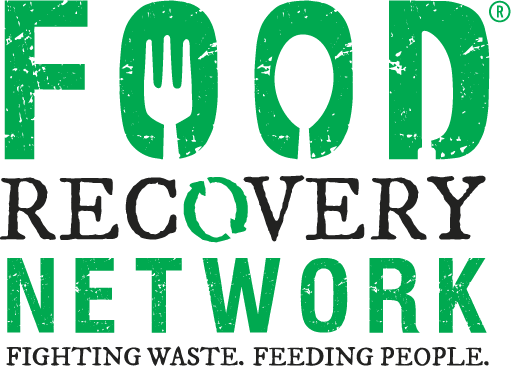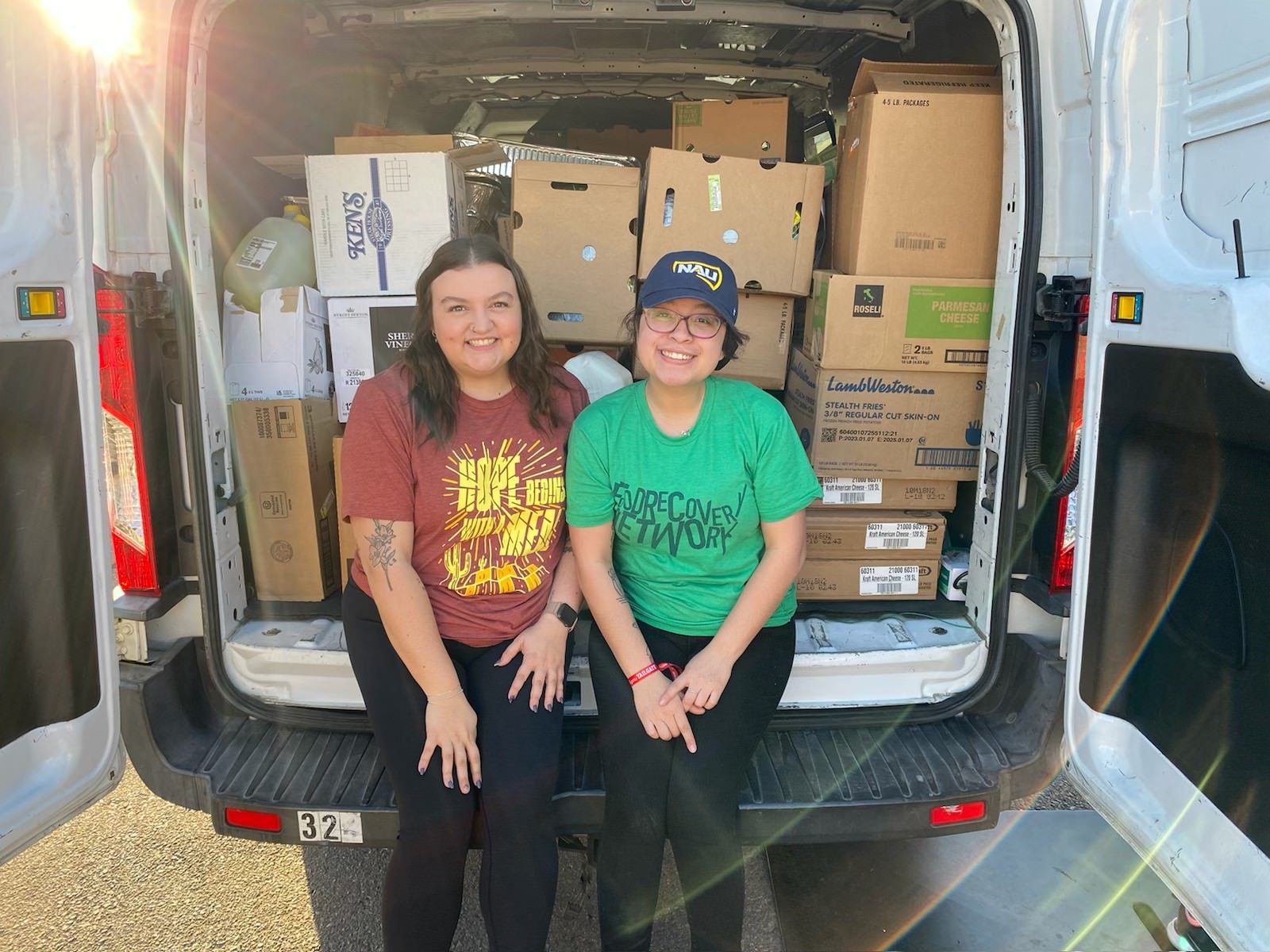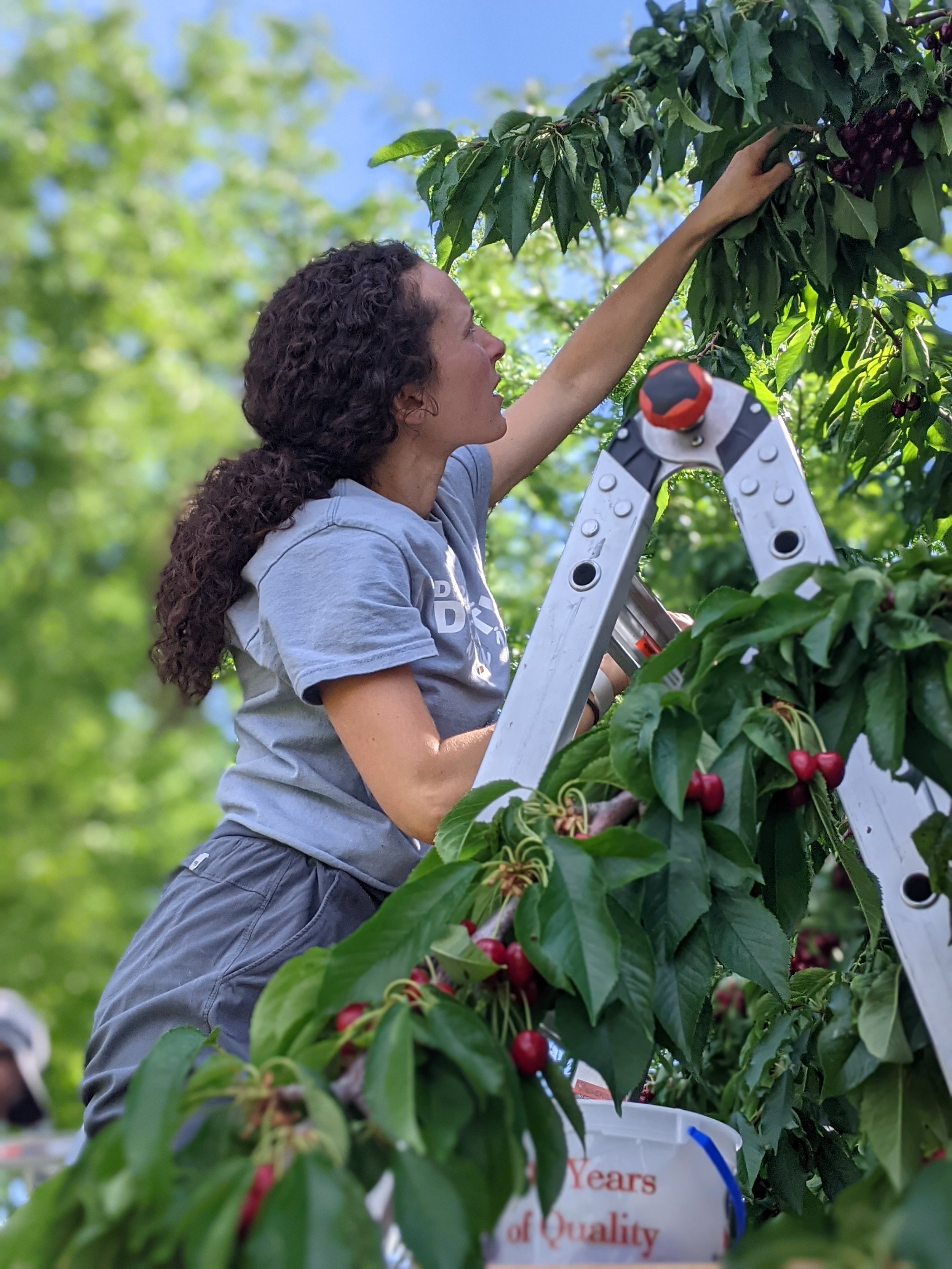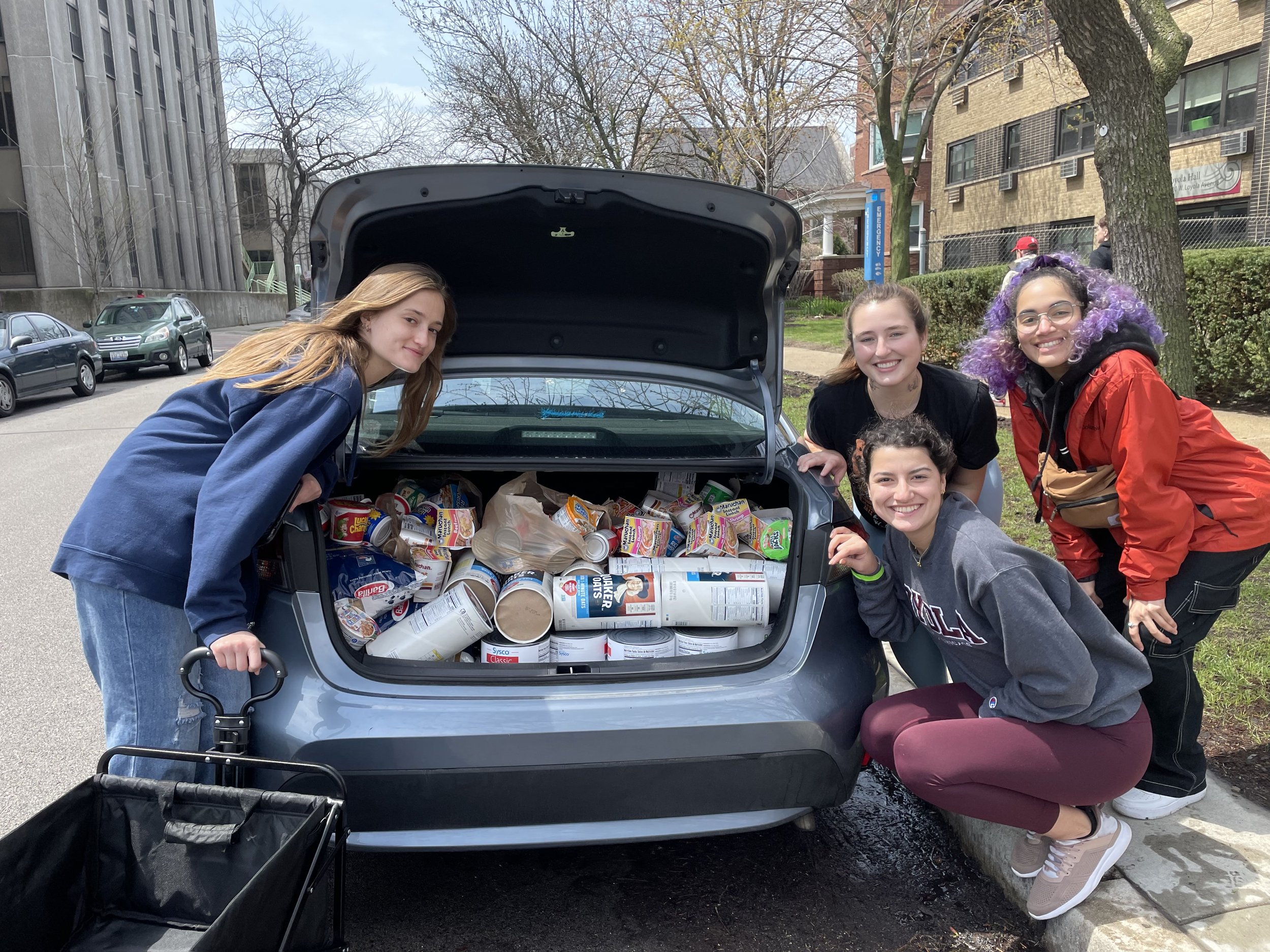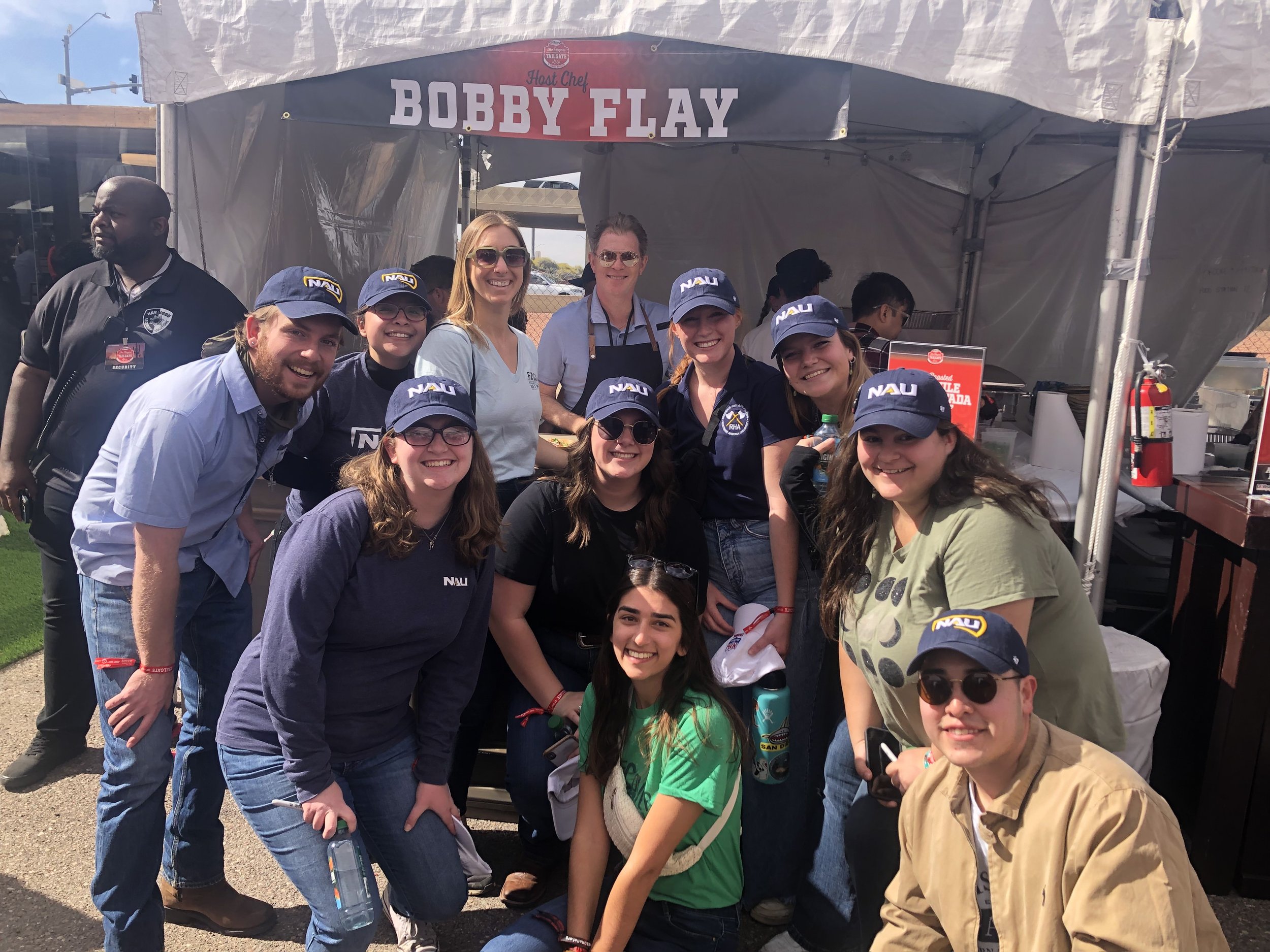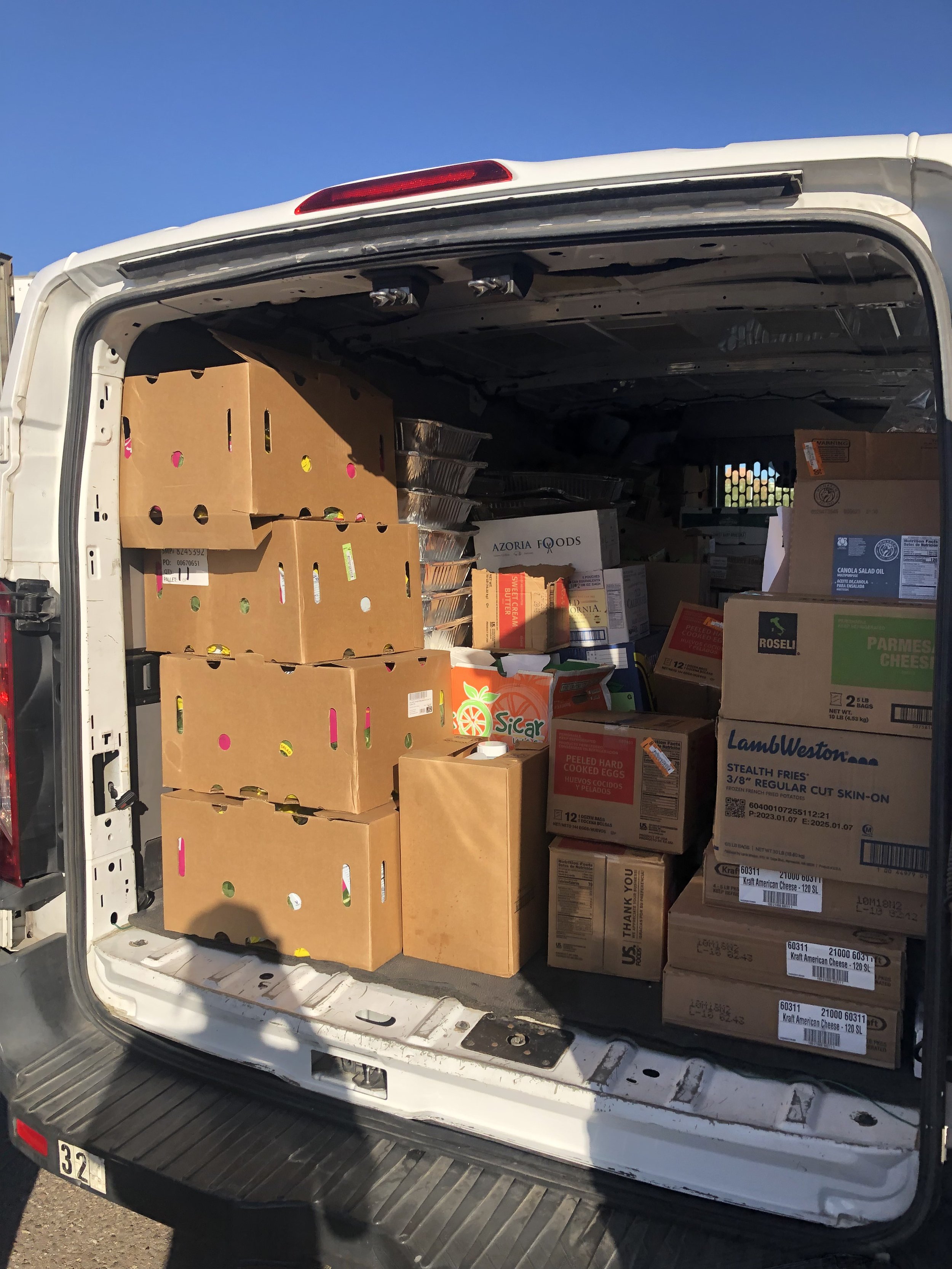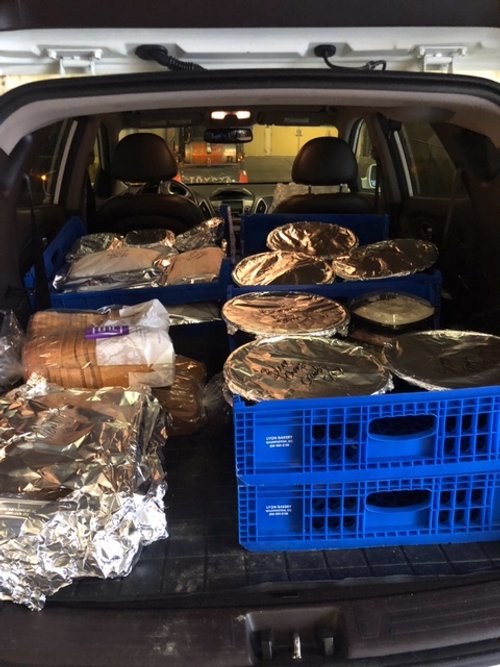The first Earth Day celebration was in 1970. For many people, that Earth Day marked the first time we as a nation came together to give praise to Earth for sustaining our lives. And for many of those same people, Earth Day was thought to have launched the modern environmental movement in the United States: the understanding that human practices are harming our environment and the pursuit to change how we live to be in harmony with the natural world. For me, that is certainly what I was taught and what I believed for a large part of my life.
Yes, Earth Day can be a wonderful celebration and a call to action for us to be more aware of our individual choices and impact on the environment. However, it is imperative that we go beneath this surface so that we can more fully understand the moment in which Earth Day was born.
Looking back on this moment, we have the opportunity now to understand how Earth Day came to be, beyond the lens of a 1970s celebration that included speeches from individuals from the dominant caste, and plastic balloons and styrofoam cups, and exchanging money to actually put on the celebration. We can also better interrogate the legacy of Earth Day, born under a capitalist structure that therefore requires profitability to function. An example of this legacy is the widespread use of reusable tote bags for grocery shopping. The use of tote bags came from the desire to move away from plastic bags, which are made from petrol, a nonrenewable resource that very rarely is recycled. Tote bags were marketed as a wonderful way to stop our use of plastic bags, or at least reduce our reliance on them. Now, not only are new tote bags given away at events, parties and other gatherings, they are for sale at grocery stores for when you’ve forgotten your own tote at home for as little as $0.99. How many of us are now overrun with tote bags in our homes? Sadly, we would have to use one tote bag 7,100 times to neutralize the carbon footprint from its production, but tote bag production continues though we are overrun with them, and are just as ubiquitous as plastic bags, because it makes money.
Aaron Carapella, a self-taught mapmaker in Warner, Ok. designed this map of Native American tribes before first contact with Europeans. You can learn more about Aaron and purchase his maps here.
It’s also essential to go back in time to understand Earth Day and the modern environmental movement in the US, bringing in a new lens to center the thousands of years of stewardship of the Earth by Indigenous peoples who have always been here and who have always communed with nature as a member of their family. When many of us learned about Earth Day, many voices were intentionally excluded. This time we can relearn with a more inclusive mind, creating a richer, broader history of natural stewardship. This relearning can also promote our own trauma healing and expand and redefine our understanding of how we can truly be in communion with our natural world. We have that opportunity now.
When we look back in history and see who were in positions of power to create and utilize a large-scale platform and to engender action, we see that the environmental movement that sprung from Earth Day was led by a mostly white group of people who were not necessarily attuned with other groups sharing Earth and the United States. The same goes for many large movements in the US: women’s suffrage excluded the voices of Black women, as did the civil rights movement, though Black women were integral to the success of both movements. Those in power to create Earth Day did not seek to include the voices of Indigenous peoples, and their exclusion wasn’t even seen as troublesome at the time. In many ways, this practice of exclusion continues into the present day. Because of this history and practice, and when we look at the function of the modern environmental movement and what Earth Day represents, some people don’t want to be part of this because it doesn’t fulfill its purported purpose of supporting a better relationship with the Earth.
For many of us, we do not understand how the numerous Indigenous peoples' cultures value the Earth in different ways and how spiritually, Indigenous peoples connect to the Earth since the moment they are born. Here is an opportunity! We can further our own understanding given that many of us only learn of Native American history up to about 1900 while in school, and since that learning is often only in the context of the history of European settlers / colonizers who came to the US to start a new life. We may have learned about Earth Day as the beginning of the environmental movement, rather than as the dominant culture’s specific offering of celebration and action. Indigenous people are very much alive in the United States and they continue to hold so much knowledge of our natural world that is intrinsic to them, passed down from generation to generation dating back thousands of years. We can and should incorporate this knowledge into how we understand the Earth and our position in it.
What is so important to know is that we all have a connection to the Earth that dates back thousands of years. We may have been disconnected from that heritage as other cultural norms and stories took over, but the connection is still within us. Personally, I now know that I have Indigenous people as my ancestors, but that is all I know. I do not have passed down stories or ceremonies that connect me to that part of my life. That has been lost over time and it’s often difficult to grapple with knowing I have this within me, but no starting point to connect. I just have to keep learning and connecting in my own ways.
I recommend learning directly from Indigenous communities. First, learning anything from Indigenous communities is a gift, period. But, as it relates to our own understanding of Earth Day, learning about the natural world through their eyes is a gift. Here are a few suggestions on how to start the journey that can last a lifetime. I suggest reading:
The Indigenous Peoples’ History of the United States by Roxanne Dunbar-Ortiz. This book refocuses how we think about Europeans coming to the United States hundreds of years before the “founding” of the US. Dunbar-Ortiz also offers a list of additional reading.
The Red Deal by The Red Nation, a collection of Indigenous and non-Indigenous activists. The book argues that Indigenous peoples, Black people, trans people and other marginalized groups did not cause the climate crisis, but if we all come together, we can avert a climate catastrophe. To do so, we must listen to the voices that have been shut out because they hold vital information and knowledge that we must all internalize and use to guide our actions.
As I often say during workshops and presentations for Food Recovery Network, we are all on a journey of learning and where we are on that journey is different for all of us. If you have suggested readings or access to knowledge that you would like to offer, please do share!
